Do you count down the seconds left on the treadmill? Groan as you slip on your running trainers? Or find any excuse to avoid setting foot in the gym?
You’re not alone. But why do we do it to ourselves? We know being active is important for our health but being active shouldn’t be such a chore.
That’s why Style of the city has put together some of our favourite alternative forms of exercise that you might actually enjoy to help you get active in 2019.
Rock Climbing
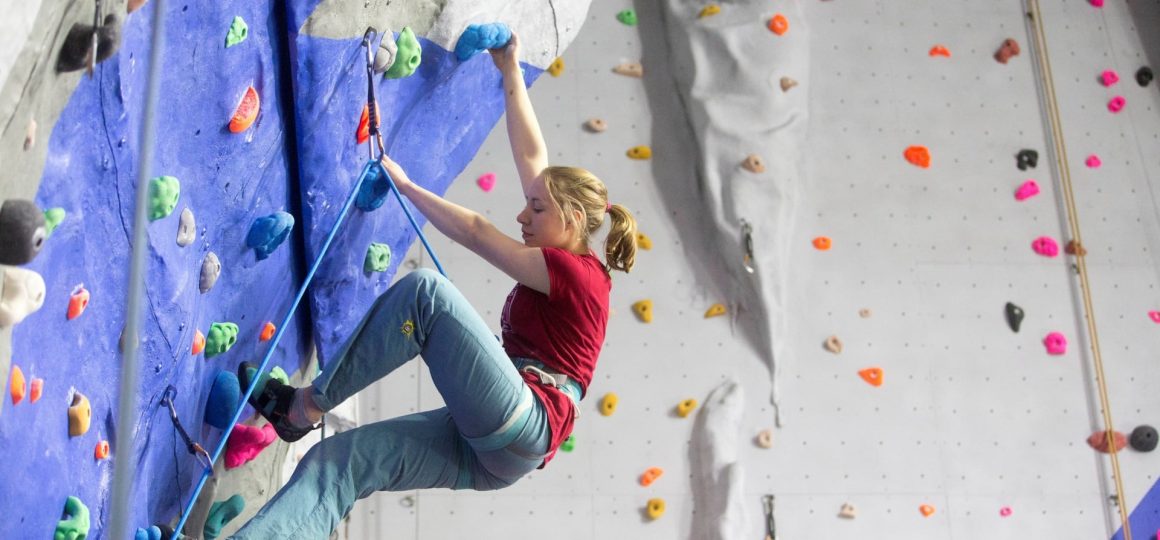
You may think rock climbing is a sport reserved for adrenaline junkies living near mountains but that’s not the case – almost anyone can rock climb.
You don’t actually need to be super-fit to rock climb. Good technique is much more important than physical strength, although as you climb more your strength will develop.
Climbing uses lots of muscle groups, both in the upper and lower body. Your back, abdominal and leg muscles all get exercised as well as your fingers, shoulders and arms.
Your stamina and muscle strength will improve through regular climbing. Plus due to the reaching and stretching required your flexibility and agility also improve.
Not only is rock climbing great for your physical health it can also help you mentally. Over time, regular rock climbing can help develop concentration, determination and problem-solving skills.
Many centres run introductory climbing sessions for different age groups, with all equipment provided, including climbing shoes and a harness. You can find a centre near you on the BMC website.
Boxing

If you’re looking for a super intense workout, boxing is the sport for you.
Boxing is a hugely physically demanding sport, particularly on the heart and lungs. Boxing requires a lot of movement meaning punch after punch you will be building up your cardiovascular system. The better shape this system’s in, the healthier you are.
Boxers are notoriously lean athletes. That’s because when training like a boxer you can burn around 30 calories per minute. With 30 minutes of intense boxing, you could burn up to 900 calories. This means boxing is very efficient for burning fat.
Not only will you burn fat but you’ll also strengthen your muscles. To snap out a punch, retract it and then move around you will use nearly all the muscles in your upper and lower body. Plus you’re constantly pushing your muscles to their maximum which will only speed up the process. Having more muscle mass helps to boost fat loss, can increase your life expectancy and can help prevent type 2 diabetes.
Plus think of the stress relief boxing could bring to your life. Being able to punch things and work off pent-up aggression is ideal if you’ve been experiencing a lot of stress this new year.
There are so many ways to join in with boxing, from taking a boxercise class at the local gym to getting training at a dedicated boxing gym.
Martial arts
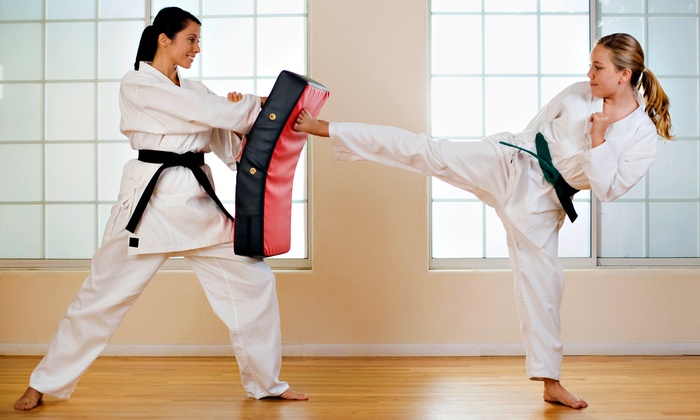
There are several types of martial arts to choose from including karate, tae kwon do, judo and kung fu.
Practising martial arts provides a number of health benefits.
Many martial arts rely heavily on mobility and agility. If you are looking to improve your ability to get across the ground and build up your body’s response to pressure, practising martial arts is a great way to do so.
Many martial arts give a particular focus to being both strong and powerful. This is especially true of Tae Kwon Do which involves a huge amount of strength to execute kicks and moves. This kind of repetitive power and strength training is great to get you looking lean and strong.
The use of high kicks, aggressive throws and acrobatic evasions will help you to develop and improve your flexibility. Stability is also a key skill you can develop through martial arts training, meaning if you’re prone to clumsiness martial arts training could be ideal to help you.
Some martial arts involve agile and repetitive movements at a high intensity which can help to build up your level of cardiovascular fitness that after a while may help to lower your blood pressure and heart rate.
Many martial arts focus on the importance of being aware and in control of your breathing and to rid your mind of unnecessary distractions. This kind of philosophy is translatable to many different spheres of life and is often a major contributing factor to relieving stress.
You can visit the getintomartialarts.com website to find a local martial arts school.
Adult gymnastics
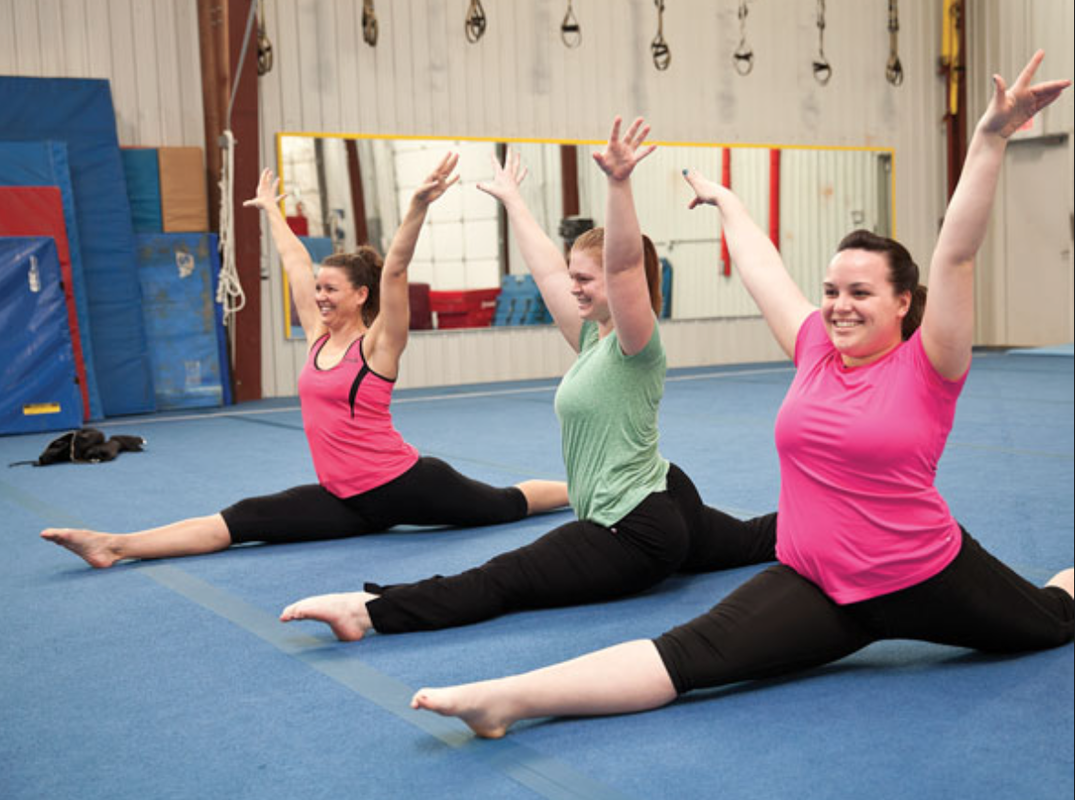 Gymnastics uses almost exclusively bodyweight exercises to build upper body, lower body, and core strength. As previously mentioned, improving your strength means building your muscles which leads to a better metabolism, better life expectancy and a reduced rate of diabetes (type 2).
Gymnastics uses almost exclusively bodyweight exercises to build upper body, lower body, and core strength. As previously mentioned, improving your strength means building your muscles which leads to a better metabolism, better life expectancy and a reduced rate of diabetes (type 2).
Participation in weight-bearing activities, such as gymnastics, can help develop strong, healthy bones. As we age, we inevitably experience a decrease in bone mass every year. Building strong, healthy bones can help reduce the risks of developing osteoporosis later on in life.
Flexibility is, of course, a primary factor in gymnastics. As you learn new movements and combine them in routines, you can attain greater flexibility and greater control of your body. Increasing your flexibility can be an effective aid to the reduction of injury because it can prevent people from forcing a limb to an injurious range of motion.
Many gymnastics clubs are now offering adult classes and groups, for newbies and those returning to the sport. British Gymnastics has a great online tool for finding a great club near you.
Ice skating
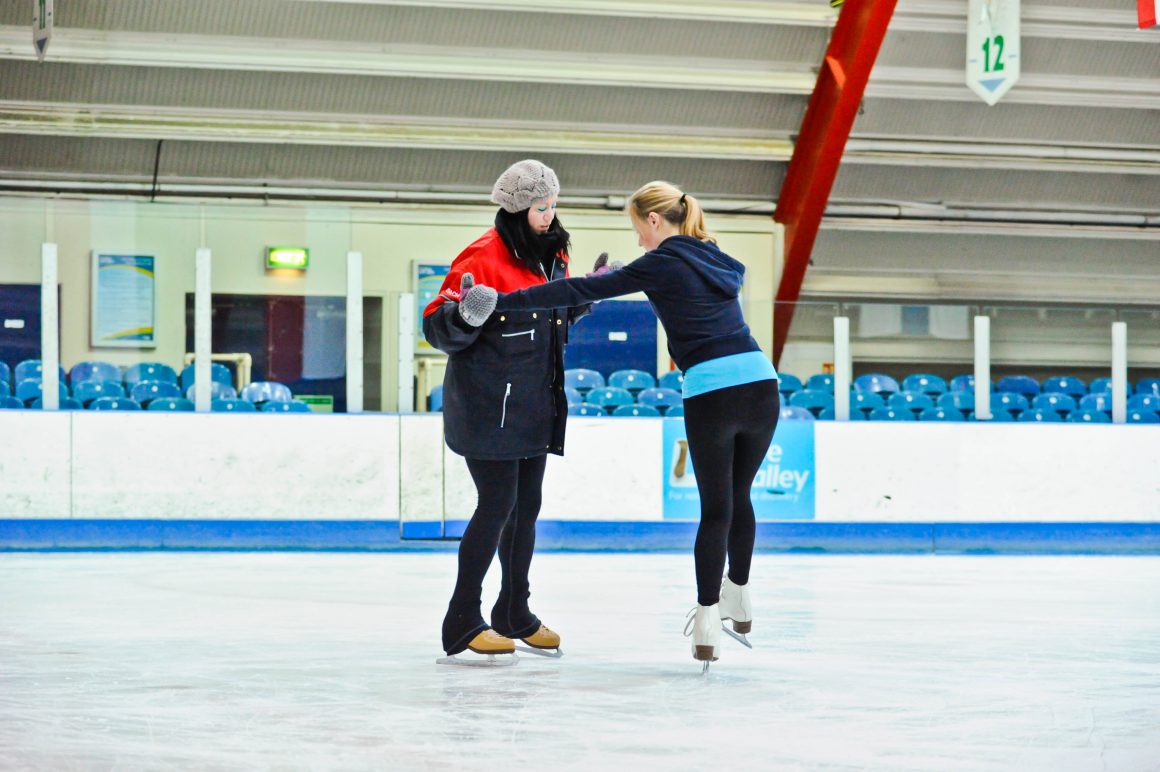
Ice skating isn’t just a Christmas activity or Olympic spectacle, it’s also a fun way to get weekly exercise in. Many major cities have indoor ice skating rinks that allow you to enjoy the activity and it’s great for all ages and abilities. There are lots of benefits to ice skating.
Skating helps improve your balance through fun and positive exercise. By travelling across an incredibly slippery surface you should quickly train your muscles to keep you on your feet.
Ice skating emphasises quick foot movements and strong knees, your leg joints will receive a great workout and hopefully feel more flexible in no time. Ice skating works almost every major muscle group in the body, including joints.
One of the most important muscle groups in skating is the lower-body. Skating is an amazing exercise for building and toning leg muscles over time.
Aerobic exercise is an important aspect of building up your cardiovascular health, and ice skating provides a great aerobic workout. The best part is it’s a great cardio workout and you don’t even realise it – unlike counting down the minutes on the treadmill.
Since ice skating can burn between 300 and 560 calories per hour it’s a great way to lose or maintain your weight, and burn fat.
As with all physical activity, ice skating can help combat the effects of stress. Ice skating is such a fun way to exercise, especially if you skate outdoors or attend disco nights at the local rink.
The British Ice Skating website is an amazing resource if you’re thinking of taking up ice skating.
Ballroom dancing
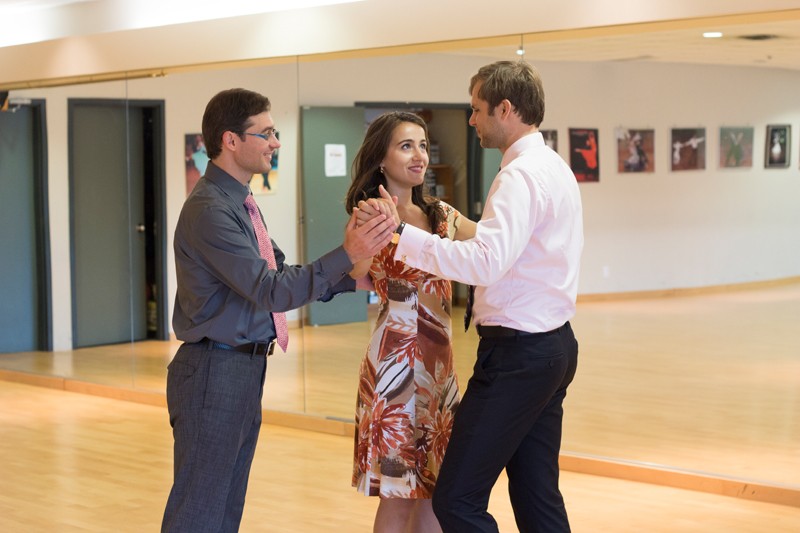
Thanks to shows such as Strictly Come Dancing and The Greatest Dancer dancing is back in the spotlight and is a great way for people of all walks of life to get into shape in a fun social way.
You will most definitely develop more strength and muscle definition as you begin dancing. By forcing you to resist your partner’s’ body strength you condition your muscles and build them up. The fast turns, spinning and two-stepping also contribute to muscle building. Men, in particular, have instances of lifting their lady partners- which requires a great deal of strength!
Since dancing is a weight-resisting activity, it can help protect with bone density and preventing osteoporosis. Since ballroom dancing is a low impact activity it’s perfect if you have weak knees or are gradually introducing your body to regular exercise.
Although it’s low-impact, dancing is still an aerobic activity that can burn between 200-400 calories in half an hour. Plus engaging in any kind of cardiovascular or aerobic activity can help improve your heart health, lower obesity and type 2 diabetes risk, and also promote lung capacity.
Finally, thanks to many ballroom moves that involve bending and stretching you’re likely to see your flexibility improve once you start dancing regularly. Improved flexibility is great for reducing your risk of injury in dancing and any other exercise you may take part in.
There are ballroom dance schools all over the country, as well as local classes and evenings you can join in with once you get the basics down.
Do let us know if you decide to take up any of these activities! We’d love to hear from you about your experience.











